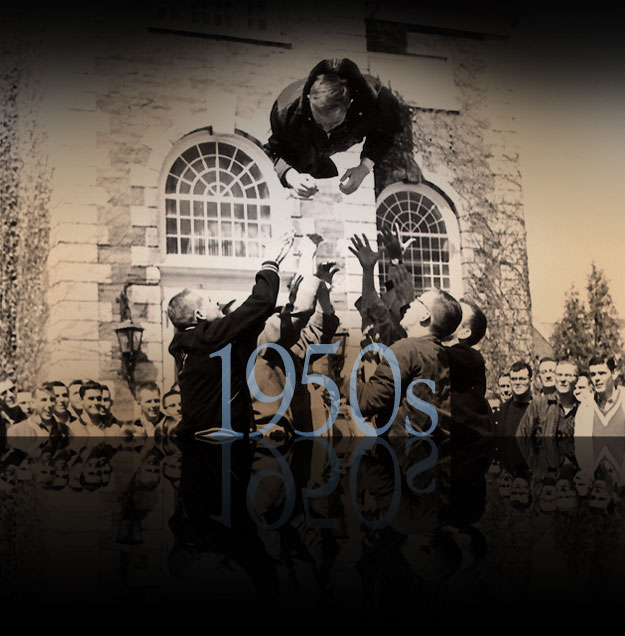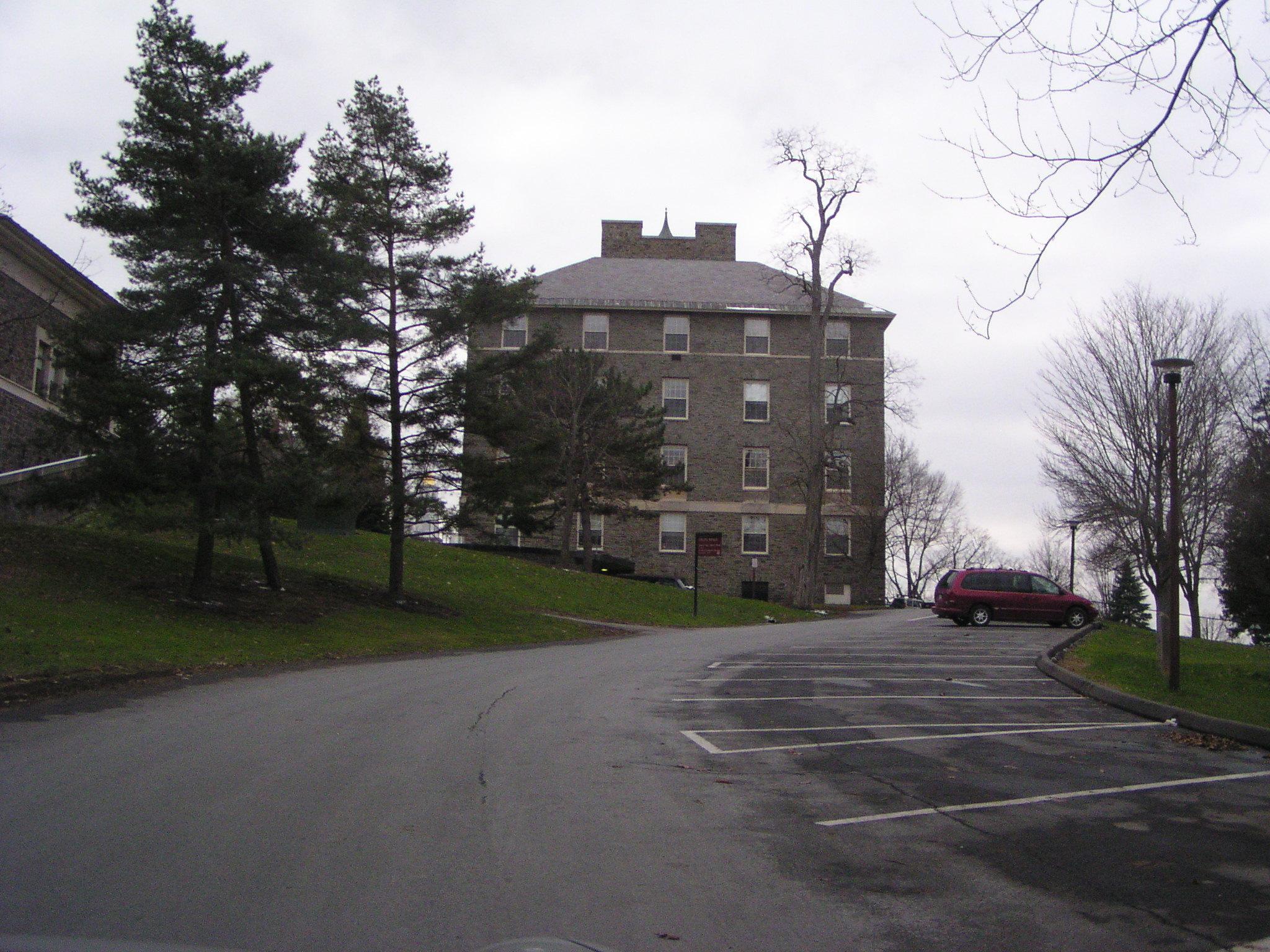

He mentioned three kinds of criticism of eugenics lodged prior to this second international meeting. Little reported the reasoning for the Second Congress’s existence, and some goals that were established to offset resistance from opponents of eugenics. The Little, Laughlin, and Davenport accounts provide an overarching view of the proceedings of the forum.Ĭ. Darwin’s address: “The Aims and Methods of Eugenical Societies” was also published in Science in 1921.

Davenport also edited a volume published in 1923 that bundled fifty-three of the major addresses at the meeting, including the opening evening’s three addresses. Davenport (1866-1944)-an eminent supporter of Mendelian genetics and of eugenics. The evening was completed by an address by the founder of the Eugenics Record Office, biologist Charles B.

Osborn’s address was followed by a talk by Major Leonard Darwin (1850-1943)-son of Charles Darwin. Many foreign societies and universities were represented by delegates especially designated and, in addition, no less than sixteen governments appointed representatives…Four delegates were sent by the United States Public Health Service and eleven…states had present delegates who had been appointed for the purpose by the respective governors of those states.”ĪMERICAN MUSEUM OF NATURAL HISTORY LIBRARY Natural History covered the Second Congress in the September-October 1921 issue in an article entitled “Personnel of the Second International Congress of Eugenics.” The magazine reported that the event “was exceptionally well attended by scientists from all parts of the world. This congressional committee was responsible for, among other things, the Johnson-Reed Act of 1924, which set immigration quotas and had the net effect of limiting the number of Jews who could immigrate to the United States in the 1930s from Nazi-controlled Germany. Laughlin was also the expert eugenic agent for the Committee on Immigration and Naturalization for the U.S. The Second Congress had four sections entitled “Human and Comparative Heredity,” “Eugenics and the Family,” “Human Racial Differences,” and “Eugenics and the State.” AMNH mounted an exhibition for the event, called the “Exhibition of Eugenics.” Henry Hamilton Laughlin (1880-1943), superintendent of the Eugenics Record Office at the Cold Spring Harbor Laboratory on Long Island, NY, edited a book-size account of the 131 exhibits presented at the meeting. In a paper published in The Eugenics Review, Clarence Cook Little (1888-1971), then at the Carnegie Institution of Washington, summarized the goals of the meeting and the speaking schedules. Science magazine printed the address in its entirety.

On the first evening, paleontologist and museum president, Henry Fairfield Osborn (1857-1935), opened the scientific portion of the Congress with a welcoming address that set a hopeful tone for the meeting-one of discovery and high-quality scientific presentations. Alexander Graham Bell (1847-1922) was the honorary president. The assembly opened to enthusiastic fanfare and positive media attention. One hundred years ago, the Second International Congress of Eugenics was held from September 22-28, 1921, at the American Museum of Natural History (AMNH) in New York City.


 0 kommentar(er)
0 kommentar(er)
